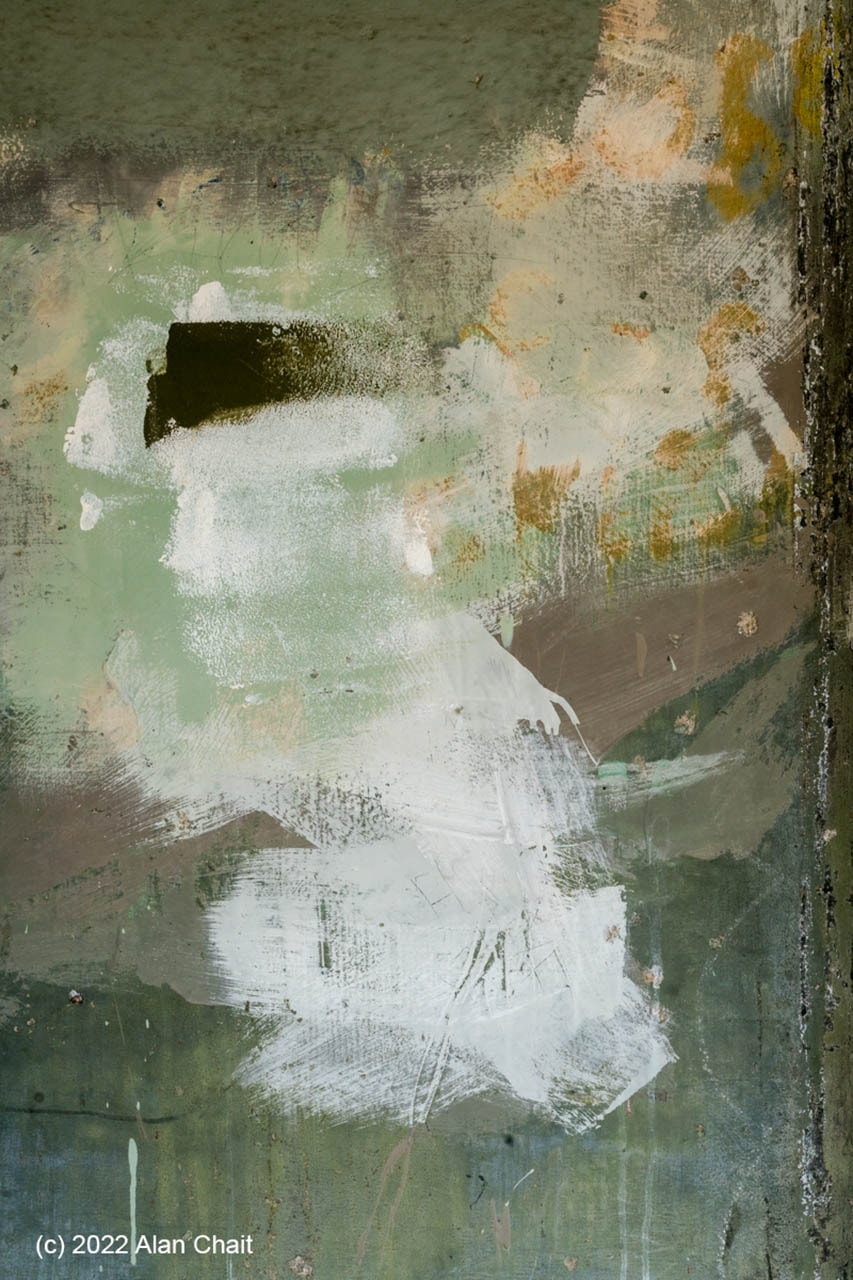 Author: Ron Newman My friend Alan is a photographer – well, sort of. The product of his camera is way closer to raw material than to finished work. He and Photoshop transform it into lovely abstract images that are heavy on shape and nuanced color that bear little or no resemblance to what came out of the camera. The interesting thing is that he is nearly completely red/green color blind. His mother, an accomplished and well-known easel painter, recognized his condition very, very early and she carefully trained the contents of his head, the “wetware”, to make best use of what limited information was coming from his eyes. It’s an established fact that, statistically, women are much better equipped to distinguish between very similar shades of a given color than are men even though there is no discernable difference between the anatomy of a male and a female eye. The difference must be in the wetware that processes that information. That’s certainly true in our household. A (much younger) friend who has a lot of graduate-level courses in the physio-neurology of vision in his resume gave me a thumbnail sketch of what’s going on with vision. Our eyes have two kinds of sensors in them, rods and cones. The rods are only slightly sensitive to color but very sensitive to light and dark. They are scattered fairly uniformly across the back of our eyes. The cones are only slightly sensitive to light and dark but very sensitive to color. They are concentrated in the center of our file of vision and are sparse elsewhere. Information from the rods goes directly into a very old area in our brains and information from the cones into an area that is believed to have evolved much later. There is a small but measurable difference in the time it takes to get rod information and cone information into the wetware. What happens after than to synthesize what we “see” in our mind’s eye is a very good question. If we could record a single snapshot of what our eyes send off to our brains it would be a far cry from what we think we “see”. Actually what we “see” in our mind’s eye is the result of our brain merging recent information from our eyes (about 20 time a second) that are constantly wandering no matter how hard we try to hold their direction. Why it should be this way is, of course, a mystery. One plausible theory is this – the rod information tells the viewer where things are. That would give our hominid ancestors the ability to build a mental map of their surroundings “large/near”, “small/distant”, “moving/animal” as an aid to hunting or searching for food. The cone information helps identify what things seen in the center of the field of vision are –food source, threat—refuge from threat. Sheer speculation of course but that seems a viable theory to me.
0 Comments
|
Archives
September 2022
|

 RSS Feed
RSS Feed